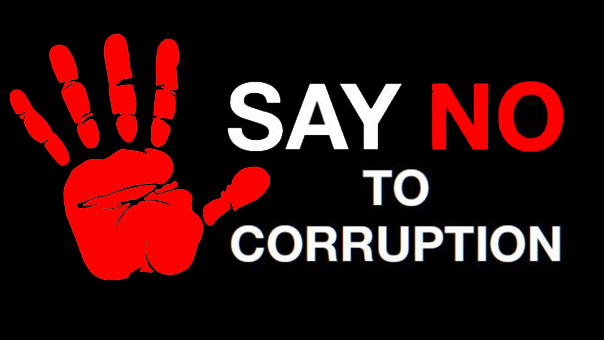
Think of de-notification of the State Highways as an inventive method to overcome the Supreme Court order banning liquor outlets within a 500-metre radius of the National Highway and State Highway to save the hospitality sector. Bizarre yet business as usual. A consultant even suggested that the State amend the Abkari Act to take out wine and beer from the category of liquor to help the tourism industry. Post- independence banking sector in India has seen many transformational changes in structure as well as processes. Yet, the ancient money lender as the middle man remains a constant in Indian banking.
An IIM research study in more than 2000 manufacturing firms in India examined how these firms employ middlemen to deal with corrupt officials for operational efficiency. In effect, these firms do not really achieve desired efficiency even by paying a ‘little extra’ as the top management time is eaten up by anxiety about the law eventually catching up. Indian entrepreneurship has long been under the shadow of extrapreneurship.
Virtually all our institutions are infected by a virus that has been differently referred to as ‘jack’ ‘influence’ or ‘source’ depending on the subtlety of the disease and the apparent potency of the drug. What goes around in conference circles is an apocryphal story of a village panchayat that wrote a letter to a former Prime Minister complaining about the bribe they were paid to get some work done. Apparently, the grievance was not about the bribe paid but about the inequity in distribution of the bribe among the five stakeholders.
However there are sobering silver linings inside the corridors of power. A research study in 2017, conducted by New Delhi based Centre for Media Studies (CMS), which compares corruption in public services between 2005 and 2016, seems to be supporting the view that graft is declining. The report estimates that total amount paid as bribes went down from Rs 20,500 crore in 2005 to Rs 6,350 crore in 2016. According to the study, Karnataka (77%), Andhra Pradesh (74%) and Tamil Nadu (68%) experienced the most corruption in 2016 and Himachal Pradesh (3%), Kerala (4%) and Chhattisgarh (13%) the least. Police services (34%), land/housing (24%) and judicial services (18%) were found to be the most corruptible in 2016.
However, corruption is much more than sensational criminal offence that make headlines. Subtle corruption escapes radars of most researchers. Think of regulators who become strangulators chocking the spirit of enterprise, professors with plagiarised Ph.D thesis who distort knowledge, absentee teachers and delinquent doctors who derelict duty, exploiters of information asymmetries that bring law makers and law breakers in unholy wedlock –all that and more go on through the silent language of winks and nudges. Take nepotism that involves class, cast and coterie based considerations in high profile appointments in public institutions. In recent memory we have seen a Chief Minister appointing his wife to the highest office of the state even as he was preparing to ride an elephant to jail on corruption charges. What to speak of lesser mortals? Chanakya, way back in the fourth century BC conceded this: “Just as it is impossible to know when a fish moving in water is drinking it, so it is impossible to find out when an official in charge of undertakings misappropriate money and power.”
In terms of subtlety of corruption there is cockroach like survival instinct of the kam chor. This is not pure theft but an insidious corruption involving job shirking, not showing up for work or engaging in long personal conversations that eat into duty hours. In a representative survey across India to measure absence amongst teachers and health care workers in government schools and health centers, Chaudhury et al. (2006) found that the rate of absence of teachers is 25 percent and health care workers 40 percent. Head teachers and doctors were more absent than ordinary teachers and nurses. Think of loss of our national human capital as a result of such time-thefts. In courts of law how often have we seen how justice can be delayed if not denied indefinitely for a consideration?
The corporate world’s deepest source of corruption is one of misplaced identity. Our most inspiring spiritual giants, Ramakrishna, Sri Aurobindo and Ramana Maharshi pointed out that the original root of corruption is this mistaken belief: ‘I-am-just-thisbody idea’. The corporeal ‘me’ that we illusorily consider ourselves to be is organized around the nucleus of the egotistical self. Greed, deception, jealousy, ruthless rivalry and lust for power become the Board of Directors of self-centric enterprise. A narrow band of stakeholder theory of business comes out of this model in the form of ‘We-are-just- we plus our shareholder idea’. This idea is blind to the ecological and social cost that business passes on to unsuspecting citizens. We need a new form of capitalism that marries profit with incorruptible purpose and tempers success with sustainability. One can let the wisdom of Swami Vivekananda speak the summarising words on this: that which is perversely selfish is corrupt; that which is purely unselfish in incorruptible.